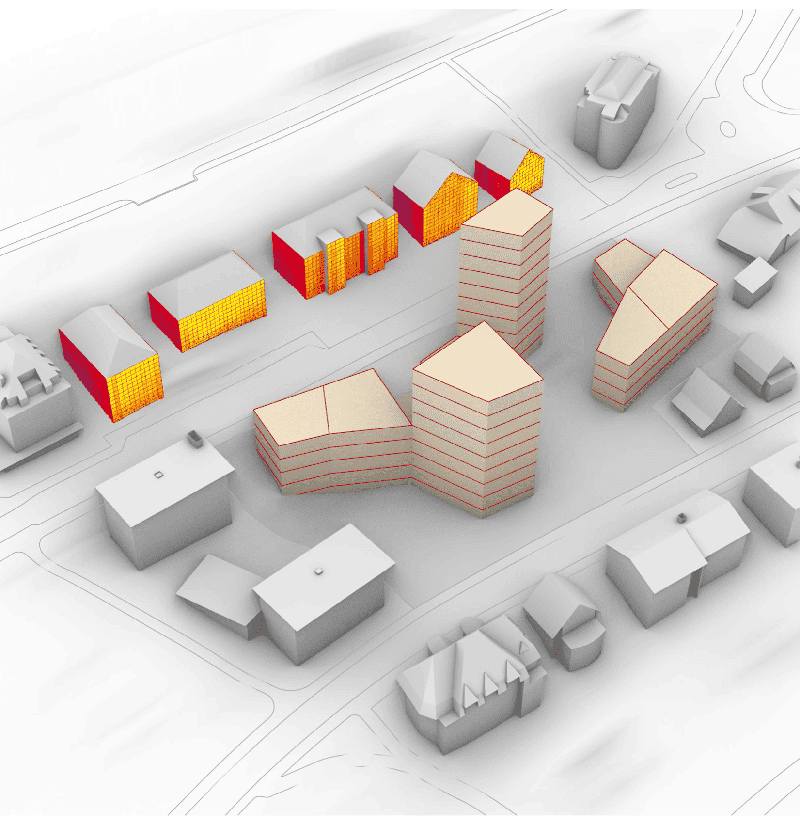Collaborative Project Information Day 2022
The goal of the SDSC Collaborative Projects is to help researchers and domain experts leverage the state-of-the-art in data science and at the same time, aim to support the application of techniques developed in research labs working on data science methods to real-world scenarios. The scope of these Collaborative Data Science Projects is representative of the diversity of the research undertaken within the ETH Domain.
In 2022, 14 projects were accepted in the main track, three projects in the Large Scale Infrastructure (LSI) track, and another three projects were co-funded with the Strategic Focus Area on Personalized Health and Related Technologies (PHRT). To learn more about PHRT, click here.
This webinar starts with a presentation of the 6th call. Then, the projects from the 5th call are presented individually.
Replay
Speakers
Presentation of the 6th call
- Dr. Guillaume Obozinski
- Prof. Fernando Perez-Cruz
- Dr. Michele Volpi
- Dr. Ekaterina Krymova
- Dr. Benjamín Béjar
EXPECTmine
- Prof. Dr. Juliane Hollender
ML-SPOCK
- Prof. Dr. Dimitrios Lignos
PHENOMINE
- Prof. Dr. Achim Walter
DAAAD_Bridges
- Dr. Ing. Michael Kraus
WATRES
- Dr. Paolo Benettin
CHEMSPEC
- Dr. Satoshi Takahama
PAIRED-HYDRO
- Dr. Elena Vagnoni
DATSSFLOW
- Dr. Fabian Walter
ML Fusion
- Dr. Olivier JL Sauter
DS4MS
- Dr. Daniel Gabriel Mazzone
LAMP | LSI Track
- Dr. Iacopo Mochi
sc_Drug | co-funded with PHRT
- Prof. Dr. Didier Trono
CLIMIS4AVAL | LSI track
- Prof. Dr. Jürg Schweizer
DrSCS | co-funded with PHRT
- Alexandre Coudray








